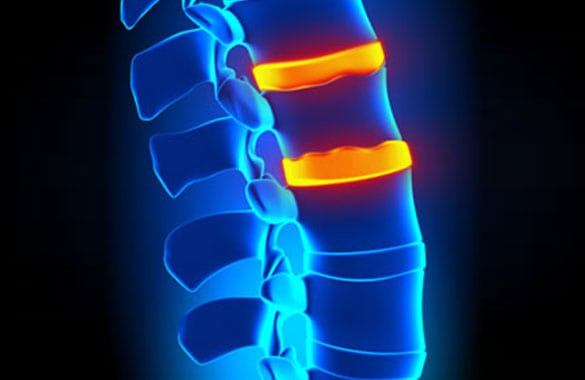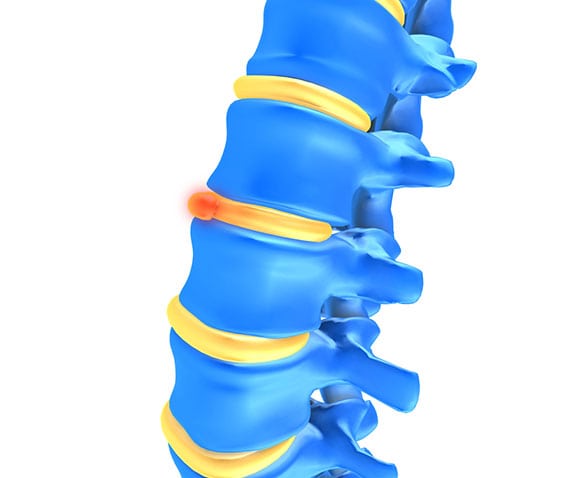
Be confident in diagnostic techniques, such as Discography, performed by Los Angeles Pain Associates.
When initial treatments for spine-related pain aren’t providing significant relief, additional attempts at identifying the source of a patient’s discomfort may be made. One such option is a procedure known as a discography.
- A diagnostic procedure involving the injection of dye into a spinal disc
- Commonly done on patients considering or planning lower back fusion surgery
CONTACT US TODAY
How It Works
A discography is performed while a patient is on their stomach with vital signs being monitored. During the procedure, a needle is placed into the center of a spinal disc to exert gentle pressure on the disc. A local anesthetic is used to numb the injection site.
Some patients may be given intravenous sedation if they are extremely anxious about the procedure. If an image test suggests more than one disc may be causing pain, multiple discs can be injected during the procedure. A normal disc is also injected to serve as a reference point.
An X-ray image (discogram) will be taken of the injected disc. The purpose of the dye is to allow the inside of the disc to be viewed on the X-ray. The dye also confirms that the correct disc is being tested. Patients are awake during the procedure so they can tell the doctor if they are feeling any pain after the injection is placed.


What the Results Mean
The presence or absence of pain when the dye is inserted into a disc will determine if the correct source of pain has been identified. For instance, if the pressure placed on the disc during the injection triggers the same symptoms a patient normally experiences, it can be safely assumed that the damaged disc is the primary source of discomfort.
The results are especially helpful when more than one disc is showing signs of damage or when there are other potential sources of a patient’s back pain. For example, irritation of the piriformis muscle may produce symptoms similar to sciatica and be the true source of a patient’s pain.
What Happens After a Discography
The procedure takes about 30-60 minutes to complete, depending on how many discs are injected. Ice may be applied to the injection site(s) after a discography is complete to ease any irritation. There are no lingering effects, although patients are usually advised to take it easy for a few days. Few risks are associated with a discography.
What to Expect for Relief
While some types of injections used for diagnostic purposes such as epidural injections can serve both diagnostic and therapeutic purposes, this is not the case with a discography. The procedure is purely diagnostic in nature, so patients will not experience any pain relief. However, the results can be used to fine-tune a patient’s treatment and pain management plan.
A discography is sometimes more beneficial than image testing since a spinal disc that looks like it’s the likely source of a patient’s pain on a CT or MRI scan may not be the one that’s causing the most discomfort. The procedure isn’t used as often today as it once was because of other available methods for assessing disc damage and pain. It’s often reserved for patients with spine pain that’s difficult to diagnose.

